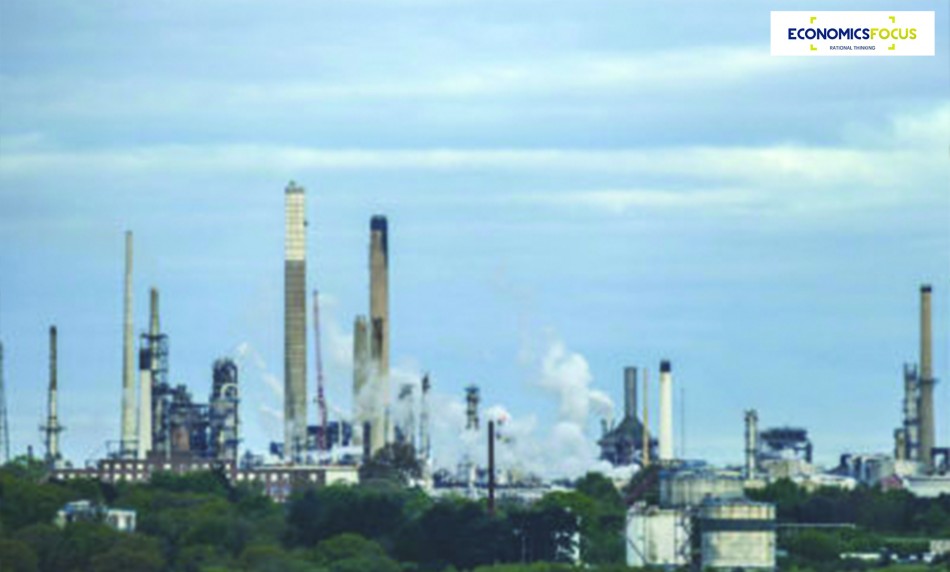Balance of Payment (BOP) refers to the difference between the total value of goods and services exported to other nations and the total value of foreign goods and services spent by local economy. A deficit in BOP can result from a hike in internal and external cost. The increase in external cost is due to an increase in global oil and commodity pricing. Both are essential necessities that are required by producers and consumers. An increase in the external items will put inflationary pressure on the country. Inflation can also result with the increase of internal costs that are affected by rising labour cost and commercial property rents.
First, an increase in external and internal cost will create inflationary pressures on the economy. An increase in external cost of raw materials will raise cost of production (COP) for producers. The increase in COP will be passed on to the consumers in the form of higher prices. Also, an increase in labour wage and property prices increases the business cost for producers. Furthermore, COP increase for producers and price of consumer goods increase. The increase in price of goods will prompt workers, which are also consumers, to ask for a wage increase. As a result, the cycle contributes to a wage-price spiral due to cost-push inflation.
Second, inflation affects the balance of trade. For export-oriented firms, they must increase export prices to cover their rising cost due to increase in COP. As export prices increase relative to goods in foreign country, foreign will demand less of the export. As the demand falls, BOT to be reduced. As the labour and commercial property increase in prices, the overall business cost increases. To account for rising COP and maintaining of profits, prices of goods and services will increase simultaneous. COP for exports will increase, making exports for expensive for foreign countries. Taking that BOT is initially at equilibrium, an increase in export prices will cause a fall in its demand thereby leading to a BOT deficit. In addition to the fall in export demand, higher COP will also increase import demand. As prices of labour and property rises, workers and capital factor owners earn more income. As income and price of local goods increases, with other things equal, there will be more demand for imports from foreign countries. Combined with the increase in prices of local goods, the demand for imports will increase. Flow of money will be outwards to foreign countries. This causes a fall in BOT.
Third, inflation affects the balance of payment. BOP is a country’s trade and financial transaction with the rest of the world over a particular period of time, usually a year. It is made up of current and capital account. Given that inflation causes a fall in export demand, the economic performance of a an export-oriented Singapore economy will be undermined. Investors will be less willing to inject funds into Singapore, foreign direct investment (FDI) will be reduced. Total inflow of money in Singapore will decrease. This leads to a deficit in the balance of payment. Due to outflow of hot money, the government will have to borrow from foreign sources to continue funding development projects within the countries. Increasing debt payments made to foreign countries increase the outflow of money and this undermines the value of Sing dollar relative to other currencies. This cycle will increase outflow of money and BOP falls deeper into deficit area. Furthermore, service trade might benefit from the depreciation of currency as it cheapens the service goods provided by Singapore. However, Singapore’s economy is heavily dominated by manufacturing industry and FDI. Therefore the increase in revenue from service industry is negligible when compared to the loss from export and outflow of FDI. Also, the fluctuation of exchange rate will also encourage speculative activities. As SGD depreciates, the speculators, for fear of loss in profits, will dump SGD. This will further undermine the value of Singapore dollar and BOP deficit.
In conclusion, now that we have examined and identified the economic impacts of higher internal and external costs on the Singapore economy, it is important for the government to introduce appropriate policies, such as strong exchange rate management, to curb the adverse effects of inflation.

